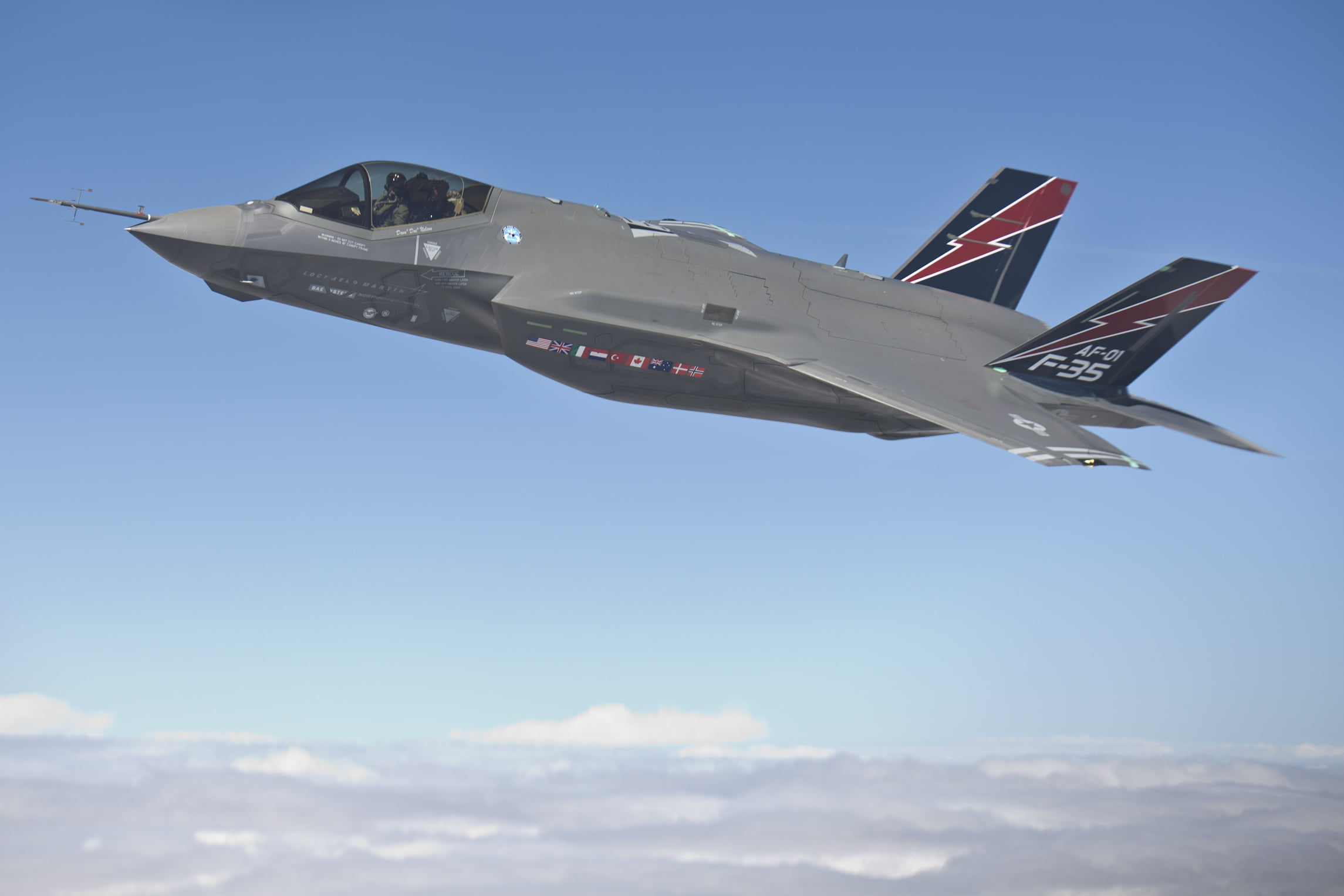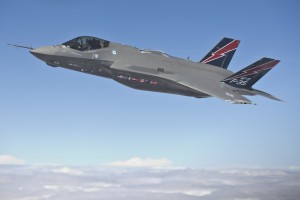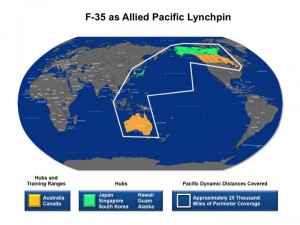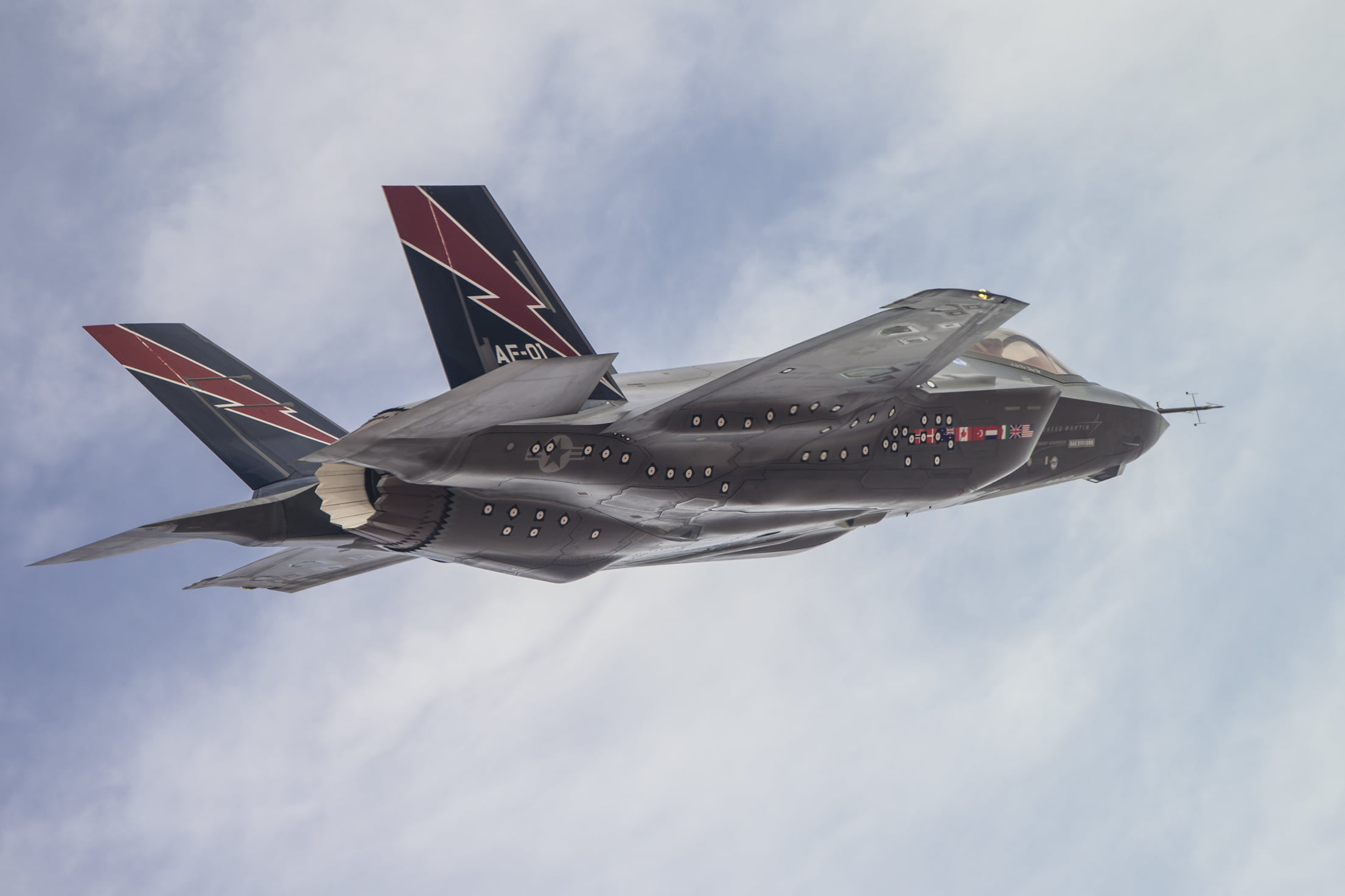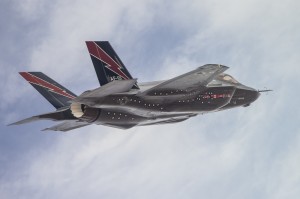As Col. Weisz noted about the Blue Ridge and Mount Whitney:
Both the BLUE RIDGE and MOUNT WHITNEY offer a great capability for enabling and supporting distributed operations.
In fact, I don’t know of any other ship in the US Navy inventory, if it had a Fleet staff, CFMCC staff or JTF staff embarked on it that could do it any better than these two ships.
These ships give you the ability to fuse all that critical information and intelligence and disseminate it to your distributed forces rapidly.
C2 can be easily maintained with all of your distributed forces; remote distances do not hinder you.
https://www.sldinfo.com/shaping-c5isr-for-the-fleet-the-case-of-uss-mount-whitney/
[slidepress gallery=’uss-blue-ridge-departs-yokosuka’]
Credit: USS Blue Ridge:2/11/13
- In the first photo, Electronics Technician 3rd Class Michael Dicks uses a radar mount on the bridge of U.S. 7th Fleet flagship USS Blue Ridge to help plot the ship’s course as it departs its homeport Yokosuka for predeployment sea trials
- In the second photo, Operations Specialist Seaman Recruit Jeremy Bamo uses a pair of “Big Eye” binoculars on the starboard-side bridge wing of U.S. 7th Fleet flagship USS Blue Ridge (LCC 19) as the ship departs its homeport Yokosuka for predeployment sea trials.
- In the third photo, Ensign Christopher Wehner checks the ship’s location on a navigation map as U.S. 7th Fleet flagship USS Blue Ridge (LCC 19) departs its homeport Yokosuka for predeployment sea trials.
- The final photo shows the USS Blue Ridge on an earlier deployment. An SH-60F Sea Hawk helicopter takes off from U.S. 7th Fleet flagship USS Blue Ridge (LCC 19) while transiting in the South China Sea (Defense Imagery Operation Services, May 9, 2012).


